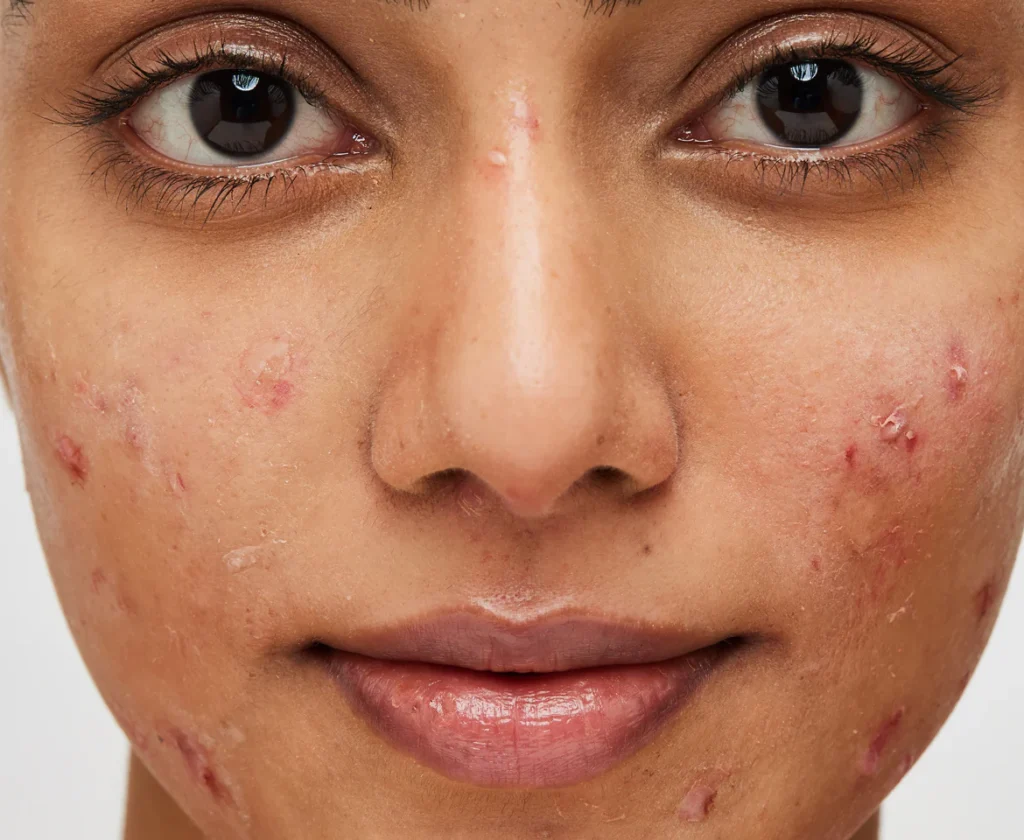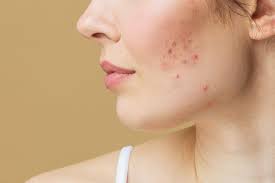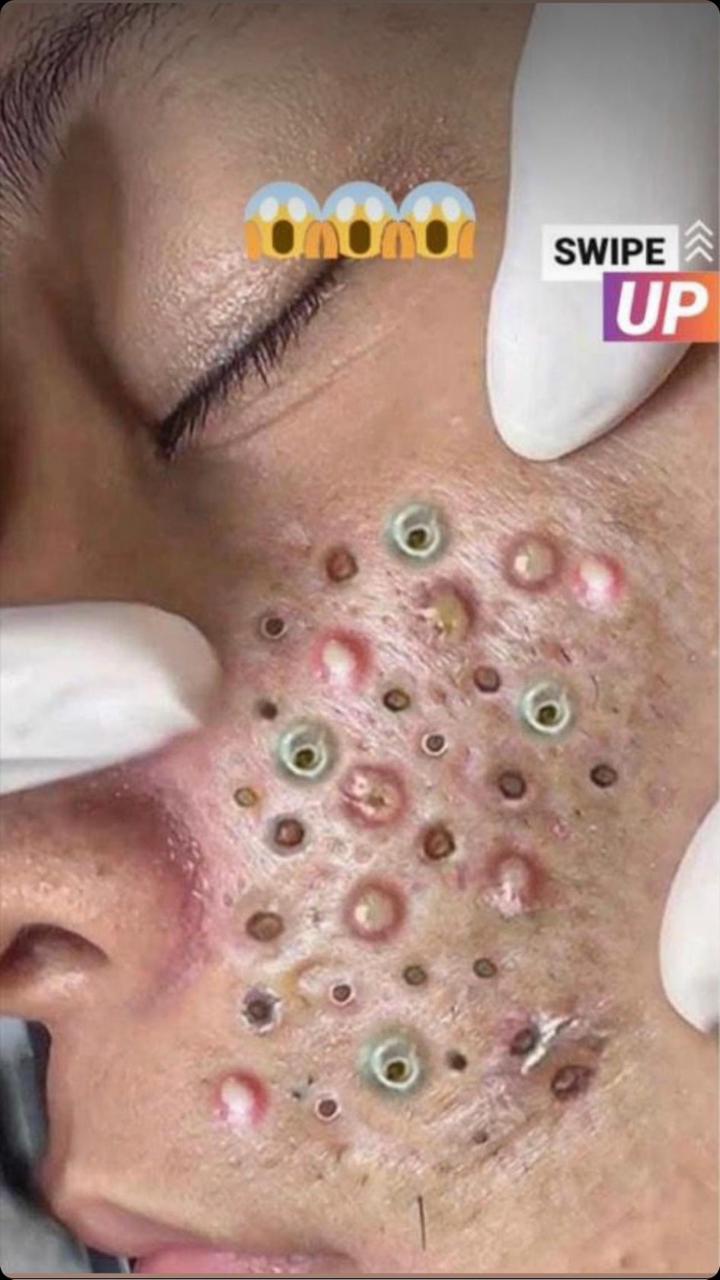Cystics acne causes large, painful pimples filled with pus deep under the skin. These pimples can be uncomfortable and may leave scars if not treated. Seeking a dermatologist for cystics acne is important to prevent scarring and infection. Doctors may recommend antibiotics and strong creams to help clear up your skin.
What is cystics acne?
Cystic acne is a severe type of acne that causes painful, pus-filled pimples deep under the skin. It happens when oil and dead skin cells clog your pores. With cystics acne, bacteria also get trapped in the pores, leading to swelling and inflammation. This type of acne is the most severe and can be painful. It also has a higher chance of leaving scars.
What’s the difference between an acne cyst and an acne nodule?
Nodular acne and cystic acne are similar because both cause deep, painful bumps under the skin and can leave scars. The main difference is that:
- Acne cysts are filled with pus (a fluid).
- Acne nodules are harder and solid because they don’t have any fluid inside.

Symptoms and Causes
What causes cystics acne?
Pores can get blocked with extra oil and dead skin cells, leading to pimples. When bacteria get trapped too, it causes swelling deep in the skin, forming an acne cyst.
Cystic acne can be caused by:
- Age (teens are more likely to get it).
- Family history of cystics acne.
- Hormonal changes, like during puberty or menopause.
- Stress.
What does cystics acne look like?
Acne cysts look like boils, which are skin infections. An acne cyst can be:
- A red bump under the skin.
- Painful or sore when touched.
- Small like a pea or as big as a dime.
- Leaking pus from a white or yellow head.
- Crusty.
Where do acne cysts develop?
A cystics acne breakout can cover a large area of skin. While it’s most common on the face (because it has many oil glands), acne cysts can also appear on your:
- Back
- Butt
- Chest
- Neck
- Shoulders
- Upper arms
How is cystic acne diagnosed?
A dermatologist, a doctor who specializes in skin, can check your skin and diagnose cystic acne.
How is cystics acne managed or treated?
Acne cysts can be tough to treat and might leave scars, so it’s better to see a dermatologist instead of using over-the-counter acne products. They can guide you on how to treat cystics acne properly.
It may take a few months to clear up acne cysts. Treatment usually involves taking antibiotics and using special creams or gels.
Cystic acne treatments include:
- Antibiotic creams and gels to kill bacteria and reduce swelling.
- Azelaic acid (Azelex® or Finacea®) or salicylic acid to fight bacteria and remove dead skin.
- Benzoyl peroxide to lower bacteria on the skin.
- Retinoids (like adapalene, tretinoin, or tazarotene) to remove dead skin cells.

What are the complications of cystics acne?
Picking or popping acne cysts can lead to scarring and skin infections like cellulitis.
Sometimes, after the cysts clears up, people may get dark or light spots where the acne was. These spots can be pink, purple, red, black, or brown. They will fade over time, but it may take over a year.
What is the prognosis (outlook) for people who have cystics acne?
Most people with cystics acne can prevent bad breakouts or treat acne cysts quickly to avoid scarring. Cystic acne often improves or goes away with age, as hormones stabilize.
If cystics acne upset you or affects your self-esteem, talk to your doctor. They can help you find ways to feel better about your appearance.
When should I call the doctor?
You should contact your healthcare provider if you experience:
- Swollen, red, and painful pimples.
- Acne or scarring that makes you feel self-conscious.
- Signs of a skin infection.
Questions to ask your doctor:
What causes cystic acne?
- What’s the best treatment for cystic acne?
- What are the side effects of the treatment?
- How can I reduce my chances of getting acne cysts?
- How can I prevent scarring or other issues?
A note from Cleveland Clinic:
It’s natural to want to touch or pick at painful acne cysts, but doing so can lead to scars or infections. A dermatologist can help you prevent cystic acne and treat painful cysts, reducing the chance of scarring. Antibiotics and creams are common treatments for cystics acne.
